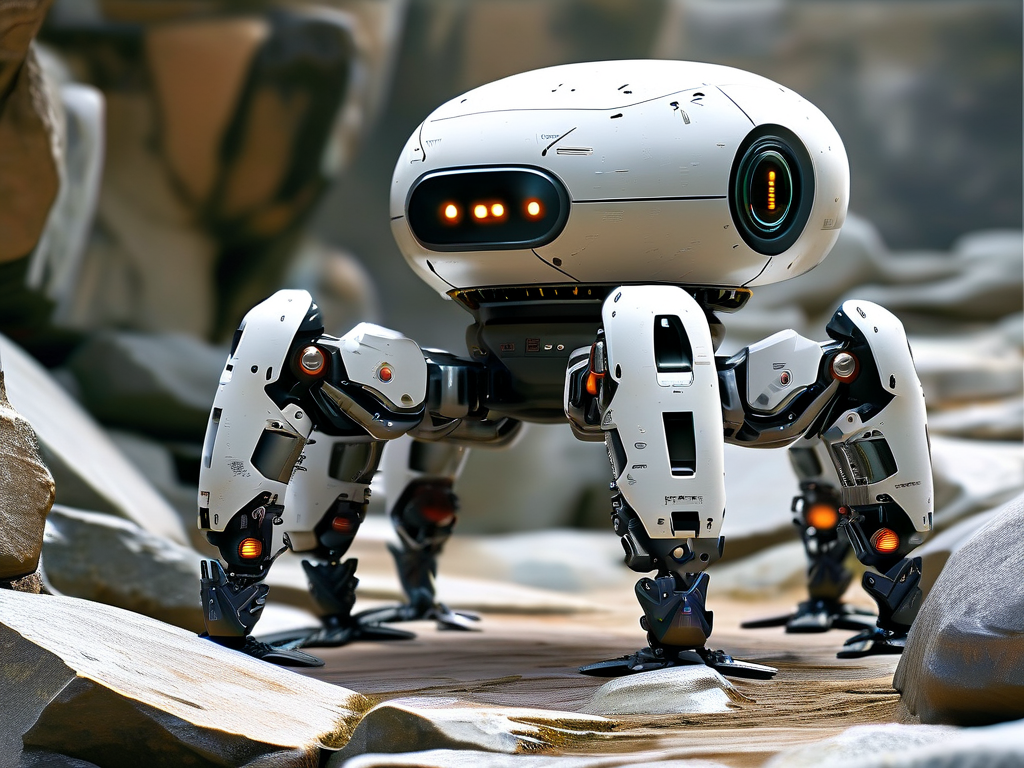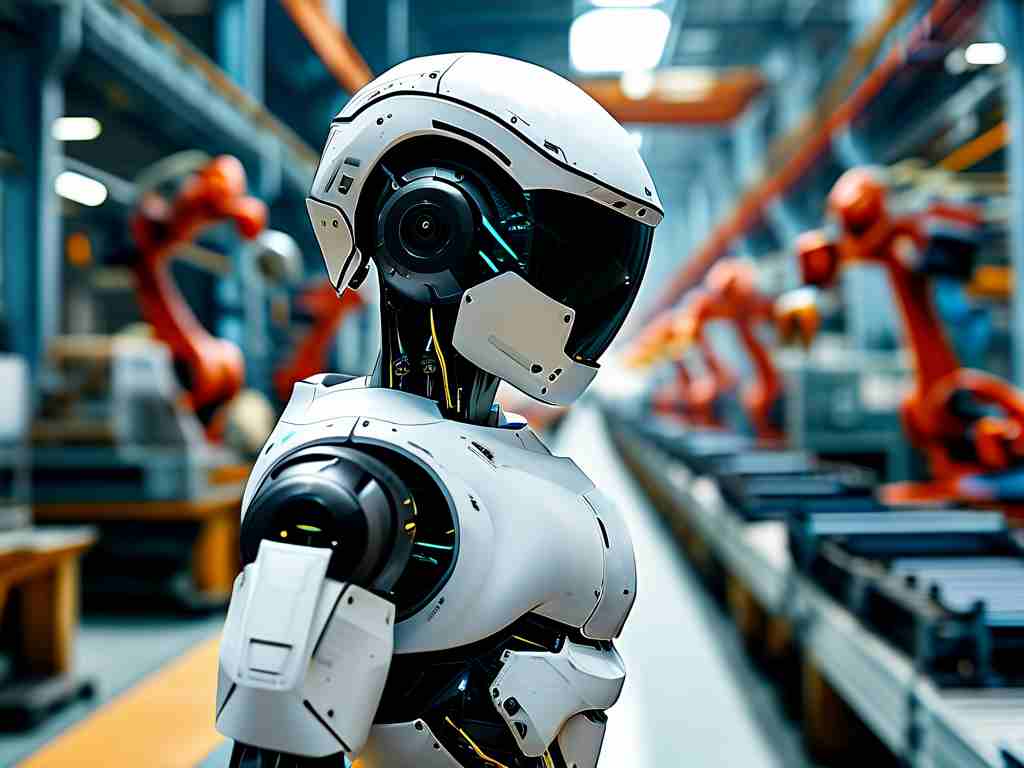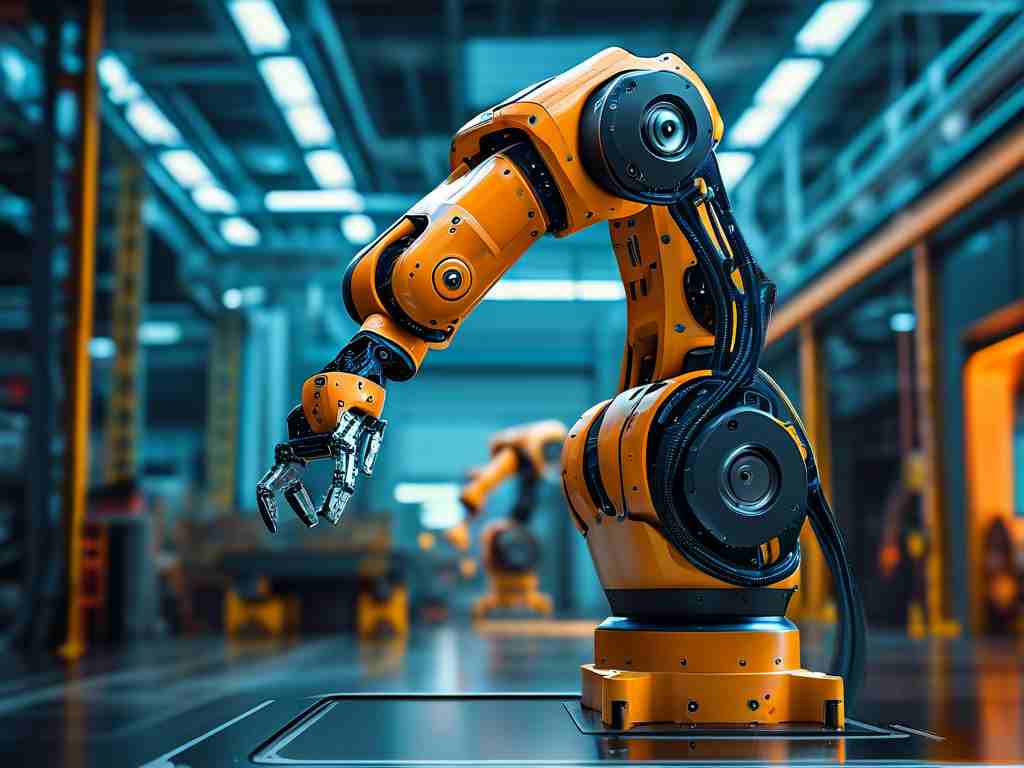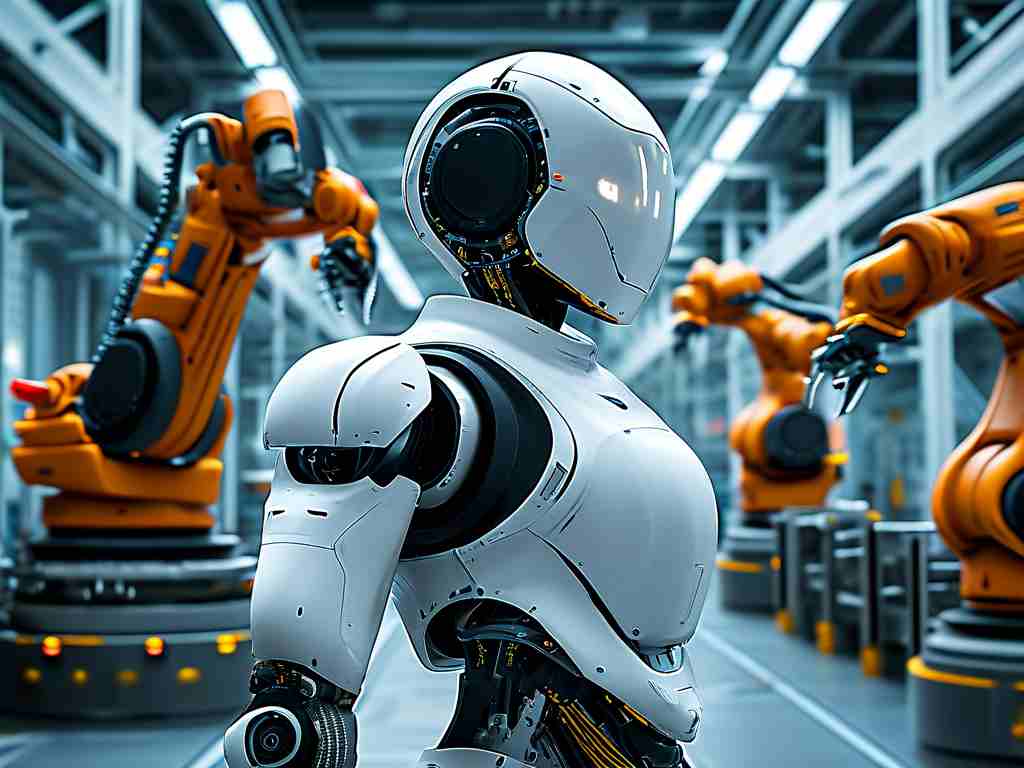The advancement of hexapod robotics represents a frontier in automation and biomechanical engineering, yet it faces multifaceted technical challenges. Unlike bipedal or wheeled systems, six-legged robots demand intricate coordination between hardware and software to achieve stability, adaptability, and efficiency. This article explores the core difficulties in developing these machines and the innovative approaches researchers are adopting to address them.

1. Kinematic Complexity and Motion Control
One of the most significant hurdles lies in managing the kinematic complexity of six-legged systems. Each leg operates as an independent kinematic chain, requiring precise synchronization to avoid collisions and ensure smooth locomotion. Engineers must design algorithms capable of real-time adjustments for terrain variations, such as uneven surfaces or obstacles. For instance, while a spider-inspired gait might work on flat ground, rocky environments necessitate dynamic gait transitions. Current solutions involve hybrid control models combining centralized trajectory planning with decentralized leg autonomy, though computational overhead remains a bottleneck.
2. Power Efficiency and Energy Management
Hexapod robots consume substantial energy due to their multi-joint actuation systems. Unlike quadrupeds or bipeds, six legs inherently require more actuators, leading to higher power demands. Researchers are experimenting with lightweight materials like carbon fiber composites to reduce inertial loads, alongside regenerative braking systems that recover energy during leg retraction. A recent MIT study demonstrated a 15% efficiency boost by integrating variable-stiffness actuators, which minimize energy waste during static poses. However, balancing weight reduction with structural integrity continues to challenge design teams.
3. Sensor Fusion and Environmental Interaction
Accurate environmental perception is critical for hexapod robots deployed in unstructured settings. Integrating lidar, cameras, and tactile sensors generates vast data streams that must be processed cohesively. A common issue is latency mismatches—for example, visual data might update at 30 Hz while tactile feedback operates at 1,000 Hz. To address this, teams at ETH Zurich developed a hierarchical sensor fusion framework that prioritizes real-time tactile input for immediate obstacle avoidance while deferring visual processing for route optimization. This approach, however, demands advanced edge computing hardware, raising costs and thermal management concerns.
4. Durability Under Extreme Conditions
Many hexapod applications involve harsh environments, such as disaster zones or extraterrestrial exploration. Prolonged exposure to dust, moisture, or temperature extremes can degrade joints and sensors. NASA’s prototype “ArachnoBot” for Mars missions uses sealed harmonic drives and self-cleaning joint assemblies, but these add weight and reduce maintenance accessibility. Alternative strategies include sacrificial components made of biodegradable polymers for short-term missions, though longevity remains a trade-off.
5. Algorithmic Adaptability and Machine Learning
Traditional rule-based control systems struggle with unpredictable scenarios. Reinforcement learning (RL) has shown promise in enabling hexapods to “learn” optimal gaits through trial and error. A Berkeley-led project trained a robot to navigate debris fields using RL, achieving a 40% improvement in traversal speed. However, RL models require extensive training data and computational resources, limiting their deployment in resource-constrained settings. Transfer learning techniques are now being explored to generalize skills across environments.
6. Cost and Scalability Barriers
Finally, the high cost of precision components hinders widespread adoption. Industrial-grade servo motors and high-resolution sensors account for over 60% of a hexapod’s manufacturing expenses. Open-source initiatives like the “HexaCore Project” aim to democratize access through 3D-printed parts and modular designs, but performance compromises persist. For example, printed plastic joints wear out 10 times faster than machined metal alternatives in stress tests.
In , hexapod robotics stands at a crossroads where breakthroughs in materials science, AI, and energy systems could unlock its full potential. While challenges like kinematic control and power efficiency remain formidable, interdisciplinary collaborations are steadily turning these obstacles into engineering milestones. The next decade may well witness hexapods transitioning from lab curiosities to indispensable tools in fields ranging from agriculture to deep-space exploration.









